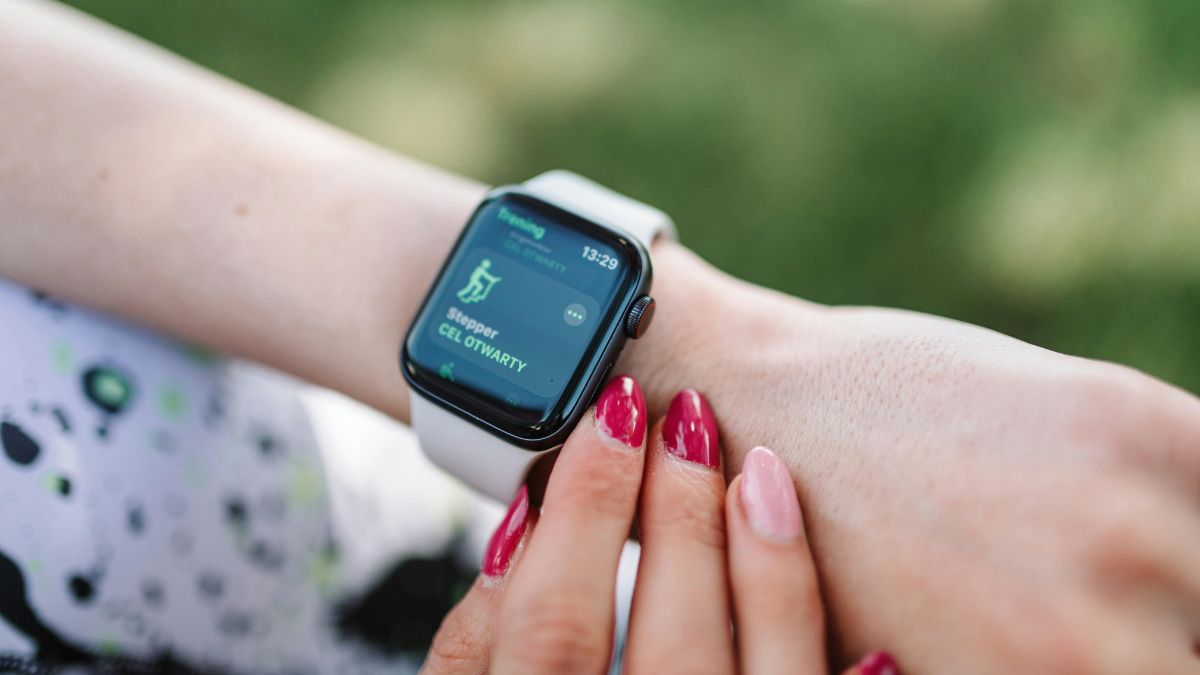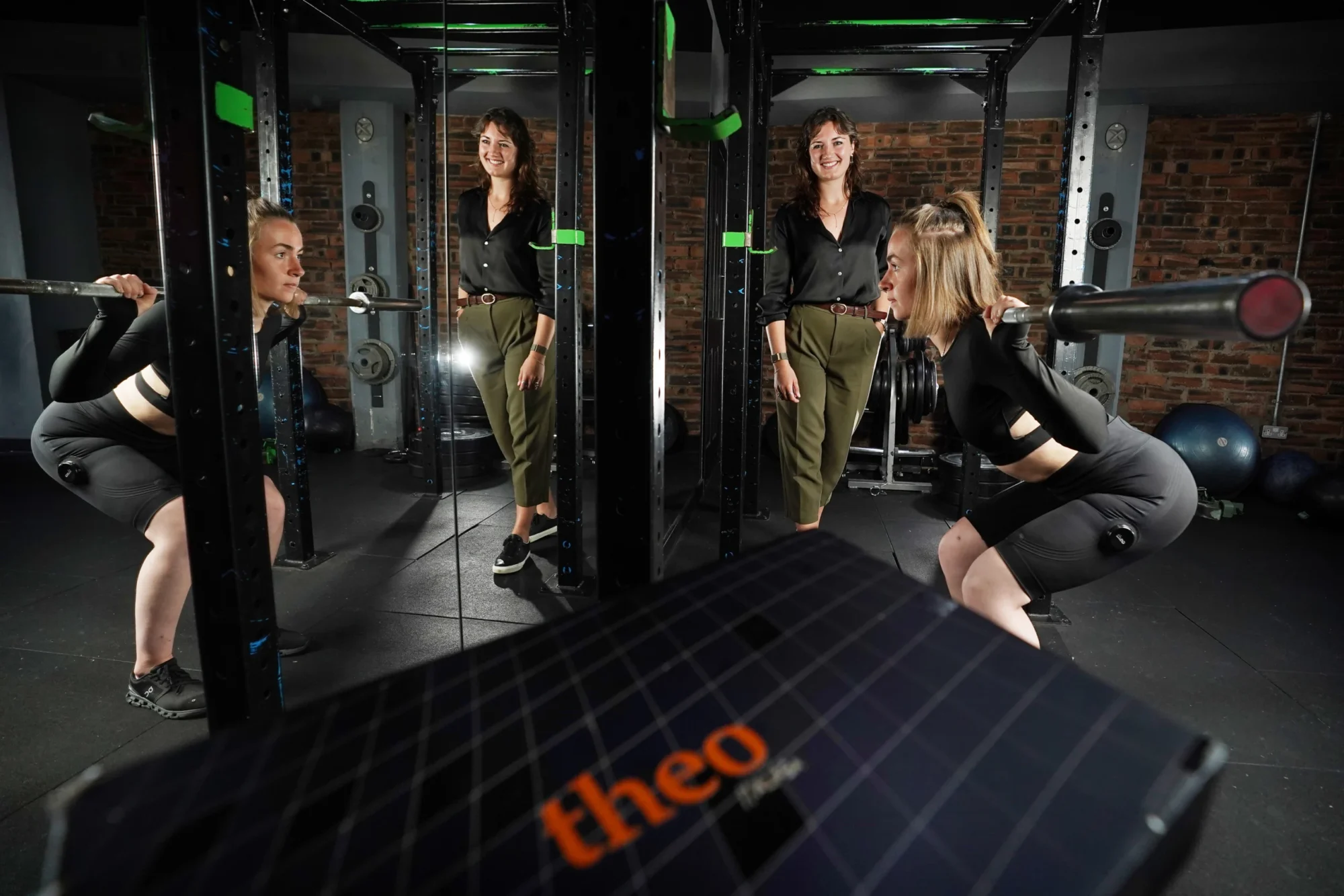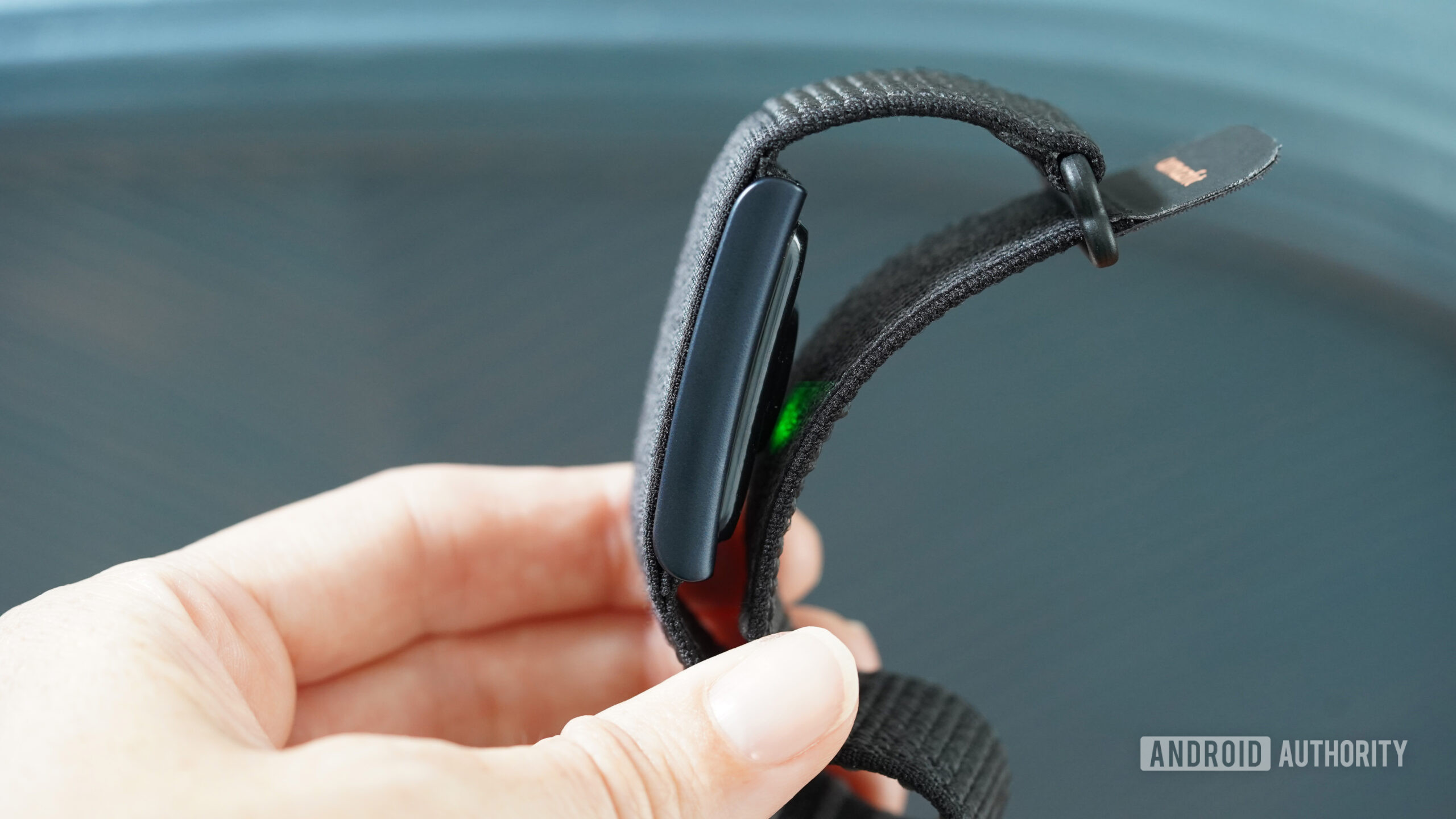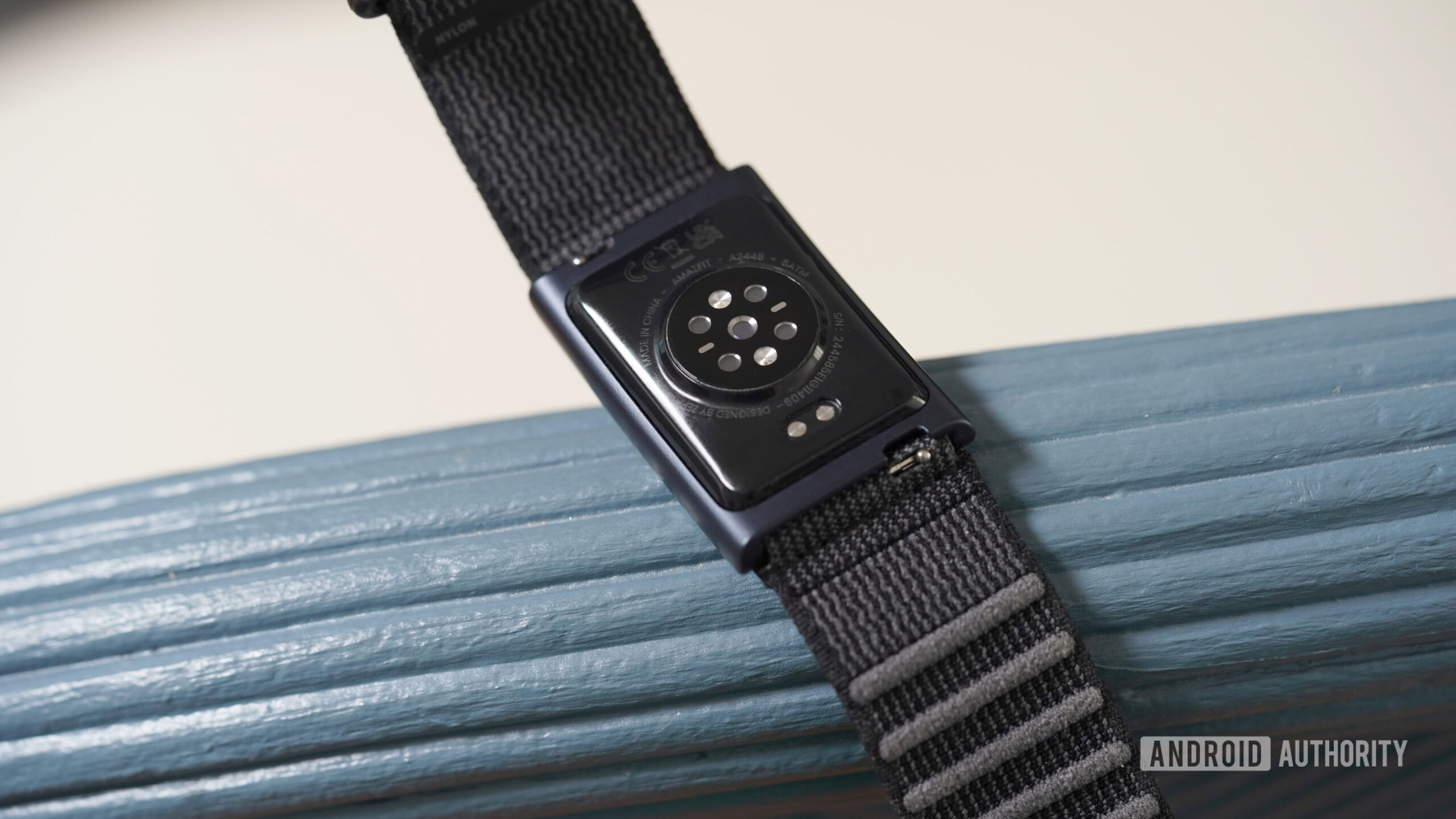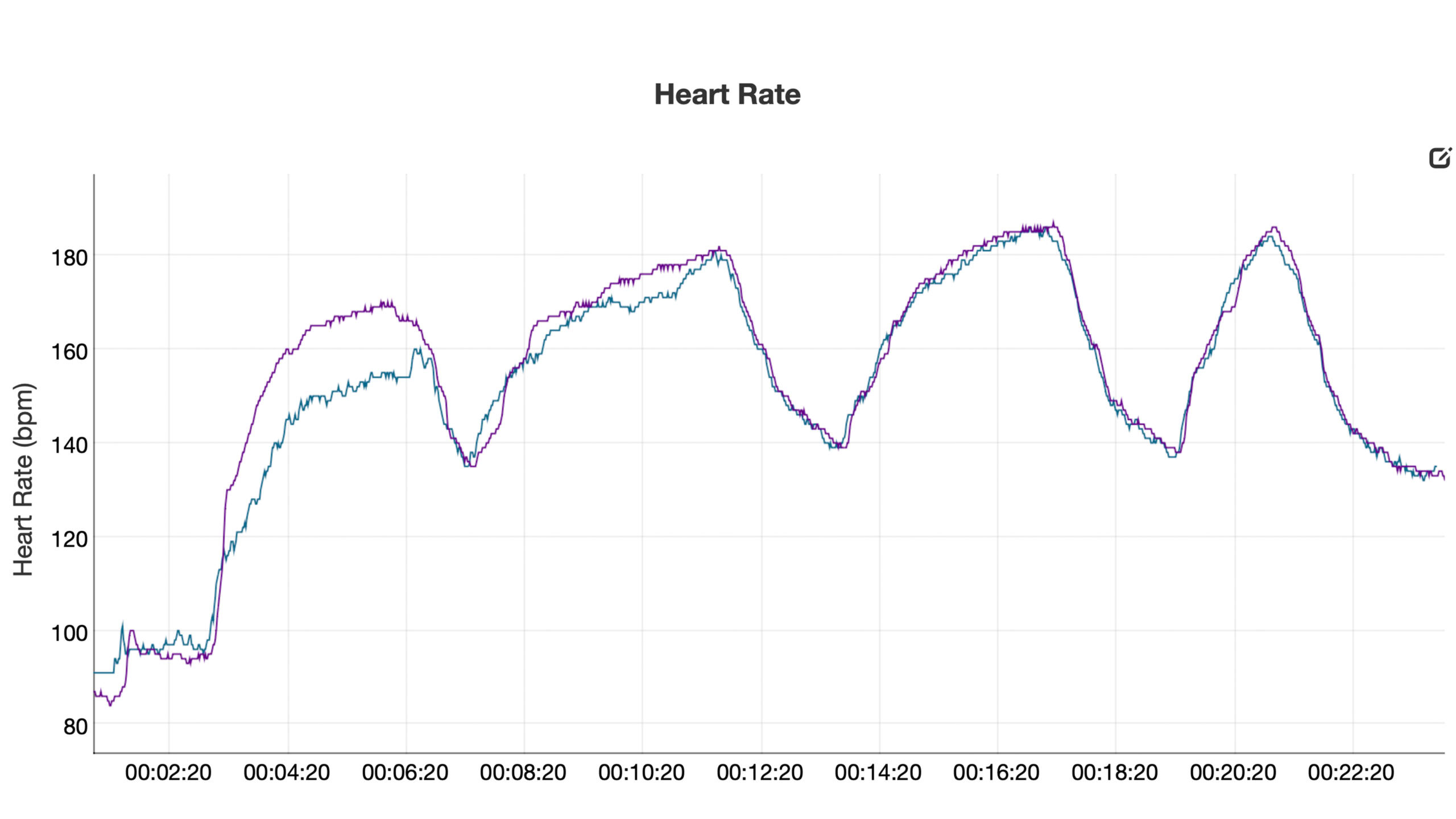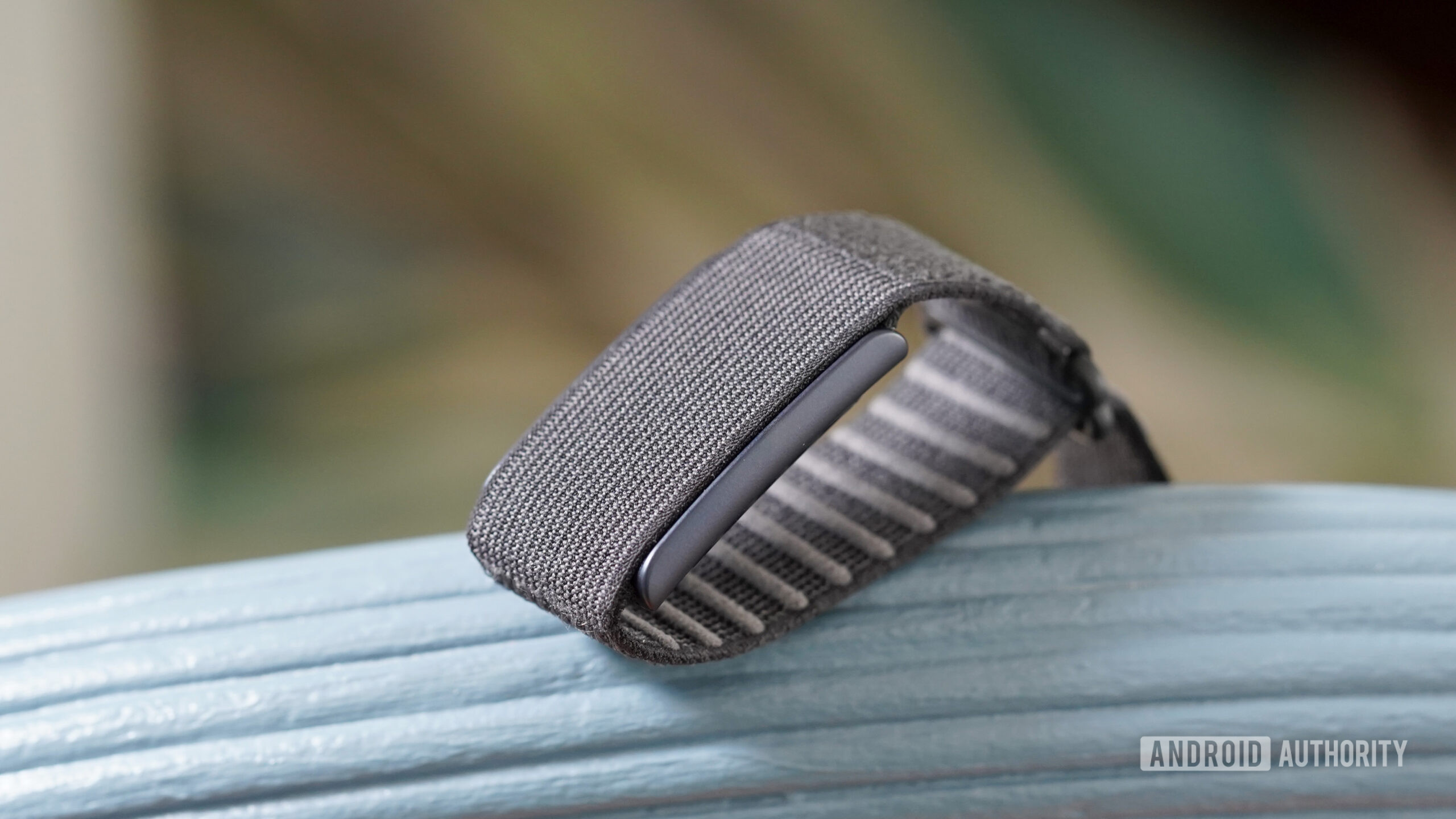Nolan McKendry | The Center Square
(The Center Square) − Nearly 100 companies submitted last-minute applications to Louisiana’s Quality Jobs tax incentive program in the final week before it sunset on June 30, records show — a rush that collectively represented over $52 billion in estimated investments and more than $8 billion in projected total payroll.
The now-defunct program, which offered payroll rebates to companies creating new jobs in Louisiana, attracted high-profile applicants such as Meta, Hyundai, ExxonMobil, Shell, The Dow Chemical Company, Air Products and Woodland Biofuels. In total, these applications promised:
In an interview, LED Secretary Susan Bourgeois explained the broader context behind the sunset of Quality Jobs, noting that the program had not been meaningfully updated in two decades. Over time, it began to blur with capital investment incentives, causing confusion and reducing the effectiveness of both tools.
“We took our capital expednitures program and added jobs to it. We took our jobs program and added capital expenditures to it,” Bourgeois told The Center Square. “It really confused both the purpose of and, in my opinion, the efficacy of both of those standalone programs.”
The last minute rush of applications for Quality Jobs spanned every corner of the state — from Richland Parish to West Baton Rouge — with concentrations in the Capital and Southeast regions. Major industrial and energy ventures dominated the list, including hydrogen and ammonia facilities, data centers, and advanced biofuels production.
The High Impact Jobs Program replaced Quality Jobs on July 1. The new program is more narrowly tailored to encourage higher-wage job creation, especially among smaller businesses.
The program “incentivizes companies to create new jobs that pay well above the average income of each parish,” LED said. “This is an aggressive approach that enables our mission to increase wages, and it benefits existing Louisiana companies – small, mid-size and large – exactly the same as recruited companies.”
Bourgeois emphasized that wage growth is now a cornerstone of the department’s strategic plan, which she said had been lacking for decades.
“If at the end of the day Louisiana citizens aren’t enjoying the ability to have ever-growing wages to support themselves and their family, then are we really effective?” Bourgeois said.
Louisiana workers have seen only modest wage growth over the past decade, and the state’s income rankings remain stuck in the bottom half of the country, according to recent data from the Bureau of Economic Analysis.
Between 2012 and 2023, Louisiana’s median personal income rose from $69,323 to $97,834 in nominal dollars — an increase of about 41%. But when adjusted for inflation, median income climbed just 16%, from $78,954 to $91,908.
The state’s average personal income grew from $107,051 to $146,374 in nominal terms, but inflation-adjusted gains were smaller — from $121,924 to $137,507, up only 13%.
Despite these increases, Louisiana fell in national rankings:
-
Median personal income: 43rd in 2023, down from 33rd in 2012
-
Mean personal income: 42nd in 2023, down from 34th in 2012
Disposable income figures tell a similar story. Median disposable income rose nominally from $66,659 to $98,444 between 2012 and 2023, but adjusted for inflation, the increase was only 13%, from $78,520 to $88,723. Louisiana’s ranking in this category hovered between 30th and 42nd over the decade.
The state’s mean disposable personal income, after inflation, rose modestly from $111,227 to $125,313.
While some companies may ultimately opt into the High Impact Jobs program, Bourgeois suggested that many submitted final Quality Jobs applications due to familiarity with its predictable structure.
“Virtually every company listed has used the incentive in the past, is very familiar with it, and has probably planned projects based on that economic formula,” Bourgeois said.
Under the new program, the state has capped annual costs at $125 million — a significant shift from the uncapped Quality Jobs program, which created long-term budget obligations.
Bourgeois described the cap as a move toward fiscal responsibility, noting that companies can apply under both programs but must ultimately choose one.
“They absolutely have that right,” she said. “They can’t ultimately use both, but they can apply for both.”



